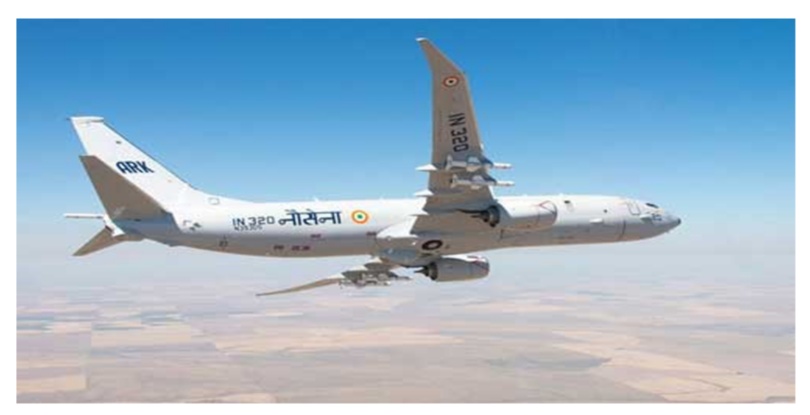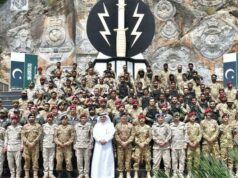Maritime Surveillance Capability Of Indian Navy Getting Strengthened jets

The short Range Maritime Recce capability of the Indian Navy is functioning robustly with a Dornier Squadron functional in each of the Naval Commands and one with the Andaman& Nicobar Tri Service Command.
To ensure proper surveillance of the Indian Ocean Region, the Indian Navy decided to go in for the American Boeing P8 Long Range Maritime Recce aircrafts.
With Boeing agreeing to provide India specific customized aircrafts, Indian Navy became the first export customer of the P-8I, ordering eight aircraft in January 2009.
After absorbing the latest technology and establishing its own procedures, the Indian Navy announced an order for four more P-8I aircraft, which would feature upgrades over the existing jets.
Thus 12 aircrafts will make it a full squadron operating from INS RAJALI at Akrronam Naval Air Station of Eastern Naval Command, located in Vellore district of Tamil Nadu.
However 12 aircrafts cannot cover the entire Indian Ocean Region. We need a Squadron to keep a very very close eye on the entire Arabian Gulf and another to cover area towards Maldives and right up to Africa.
That means at least two more Squadrons at the minimum. So in December 2018, Vice Chief of the Naval Staff Vice Admiral Ajit Kumar P, said that the Indian Navy is taking action to acquire 10 more P-8I aircraft. Subsequently we will be going in for 14 more.
Therefore to boost the operational effectiveness of maritime reconnaissance and search and rescue capabilities, the Indian Navy has now signed an MoU with Cochin International Airport.
In a press release issued on Tuesday, the Indian Navy announced the MoU was signed between its Naval Air Enclave (NAE) and Cochin International Airport on August 8.
The Naval Air Enclave is a facility located on the northwest side of Cochin International Airport. It is a naval aviation facility comprising an independent dispersal, aircraft hangar, administrative building and taxi track.
The MoU will allow military aircraft to use the CIAL runway for take off and landing and the NAE taxi track for proceeding to and from the dispersal/hangar.
Thus the Naval Air Enclave would provide the Southern Naval Command the capability to support operations of the Boeing P-8I long-range maritime reconnaissance aircraft. The P-8I, which is based on the Boeing 737 passenger jet design, is a very advanced maritime patrol aircraft. In addition to being able to detect and hunt submarines and surface ships, the sophisticated radar, infrared, SONAR and magnetic detection equipment of the P-8I make it extremely useful in search and rescue operations.
The Indian Navy press release said the P-8I was used to coordinate search and rescue operations off Kerala and Lakshadweep Islands during Cyclone in December 2017. In June, the P-8I was deployed by the Indian Navy to join efforts to locate a crashed An-32 aircraft of the Indian Air Force in Arunachal Pradesh.
A Indian Navy official said that the runway at INS Garuda, the Indian Navy air station in Cochin, is not optimal for operating the P-8I. “Aircraft like the P-8I can now take off and land from the Cochin International Airport where they will be provided fuelling facility, aircraft ladders and starting supply,” the official said.
Once we have all three Squadron then the IN may start planning for a fourth squadron to be located in Andaman & Nicobar Command, to take the surveillance, recce and strike into South Java Sea and beyond into Pacific Ocean.



